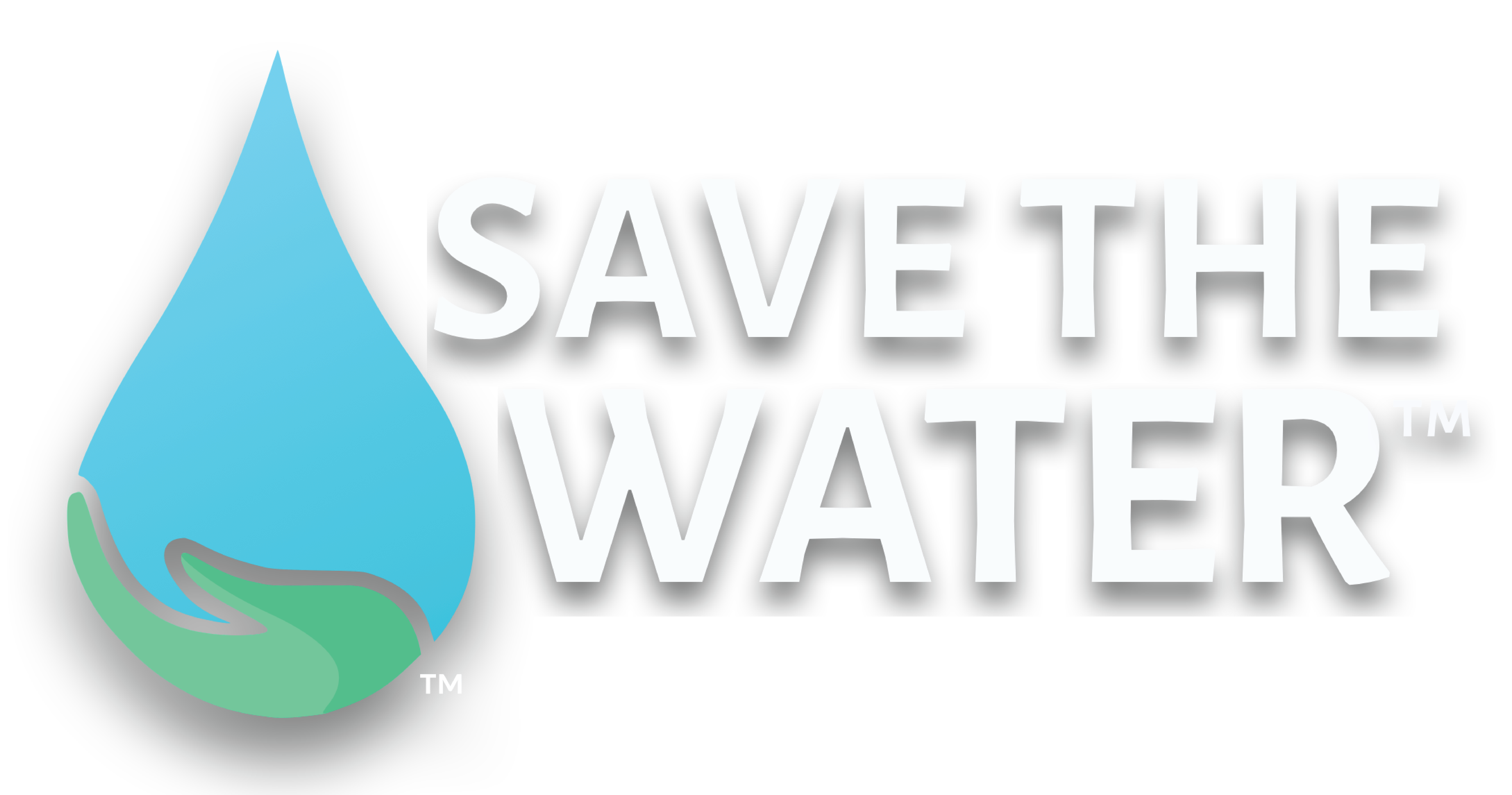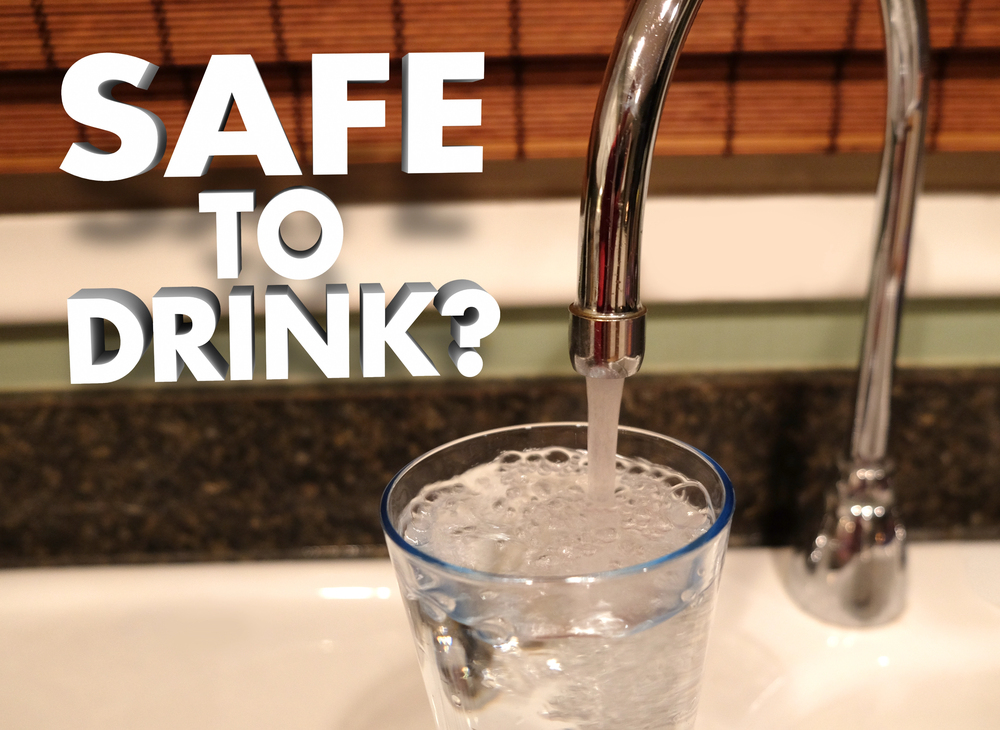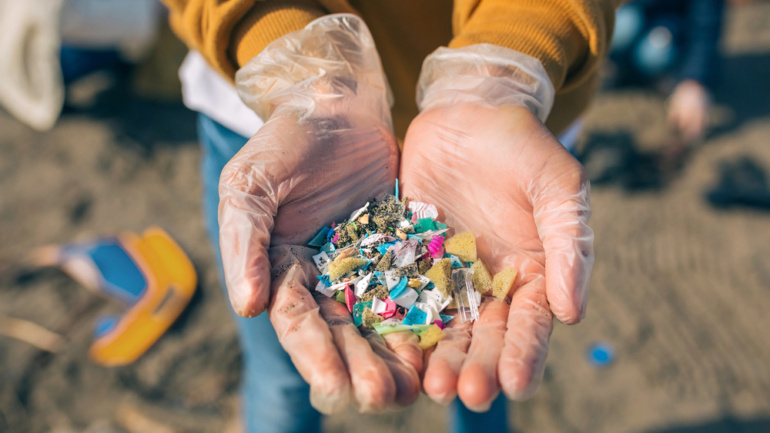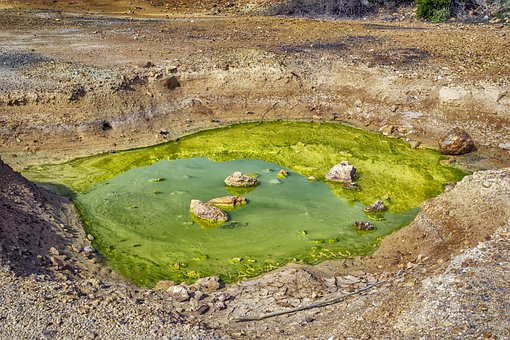By Rita Evelyne Joshua, Publishing Associate: Researcher and Writer at Save the Water™ | May 26, 2025
Edited by Muhammad Afridi, Publishing Project Leader at Save the Water™
Water treatment plants have used chlorination for over 100 years for disinfection, but scientists now warn it might be dangerous. New studies have shown that disinfection by-products (DBPs) of chlorination can cause bladder and colon cancer. Although this is a cost-effective method used by many countries in Europe and the US, scientists have now flagged that the public may be at risk. Therefore, this article highlights the effects of these harmful chemicals on health and what you can do to remove them from the water.
The Chlorination Process
Water treatment plants use chlorination to kill bacteria and protozoans in drinking water. This cheap and reliable process removes many waterborne diseases. Furthermore, workers add chlorine compounds in solid, gaseous, or liquid form to the water. These chemicals are usually added only in the final stages of the treatment. After cleaning, some extra chlorine (residual chlorine) remains, which then kills the bacteria before flowing to domestic purposes. Current safety norms set this limit at 4 mg/L.
Chlorine and Disinfection By-products (DBPs)
During chlorination, chlorine mixes with water to form compounds like hypochlorite, which kill germs. Moreover, chlorine also reacts with natural organic matter in water, and as the pH and temperature of water change, these reactions generate DBPs. So far, 800 DBPs have been identified in drinking water. These include haloacetic acid (HAA), trihalomethanes (THM), chlorite, and bromate. Furthermore, scientists found a new by-product called Chloronitramide ion, whose effects are still unknown. These chemicals don’t decompose and stabilize in water. Thus, scientists want to focus on more testing for these compounds. Safety precautions set a limit of 10-80 parts per billion DBPs in potable water.
Impact of DBPs
While excessive chlorine corrodes pipes and darkens skin, DBPs present more serious health risks than chlorine. Research confirms that high DBP concentrations affect human health:
| DBP | Impact |
| THM | Liver and kidneys. Higher concentration (60 mg/L) levels cause cancer and reproductive problems. |
| HAA | Nervous system damage. Causes reproductive problems and affects normal development. |
Treatment of DBPs
- Water treatment plants: Water facilities can use pretreatment methods like coagulation and filtration to reduce organic matter in water. This prevents DBP formation.
- Post-treatment: Treatment centers can install membrane filters and activated carbon to remove contaminants.
- Alternative technology: Water plants can adopt other technologies like ozonation and magnetic membrane filters to kill water pathogens.
Concerned about Chlorine in Water?
Request a water quality report from your service provider. This report will show what disinfectants are used and what DBPs exist in your water. Thus, based on this report, you can install home filtration systems like activated carbon filters to clean your water.
Future Prospects
Scientists around the world now study DBPs and how they affect health. Additionally, more researchers are becoming interested in this topic due to its serious health impact. Lastly, the current research has also opened ways to look for alternative clean water treatment methods.




